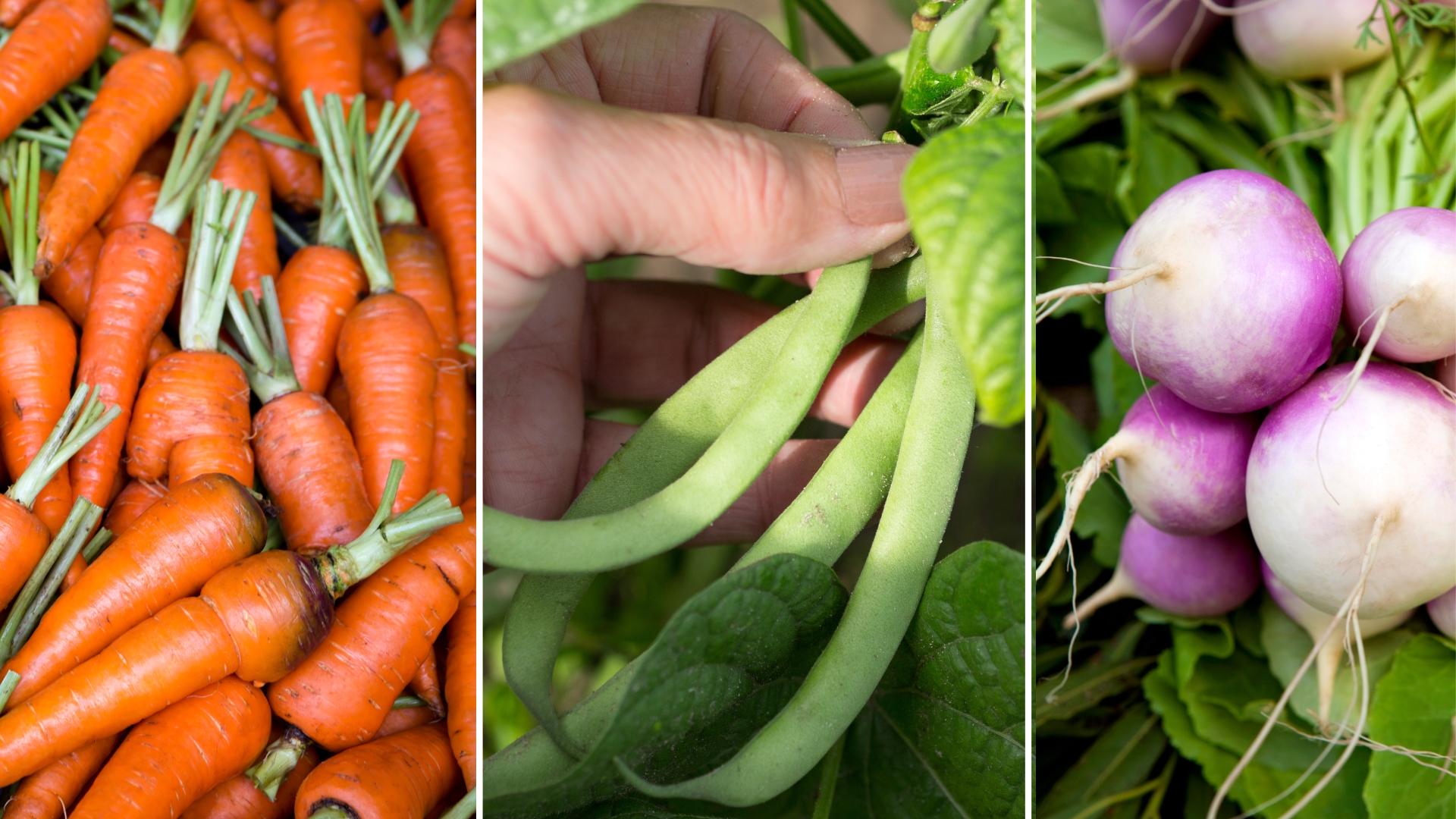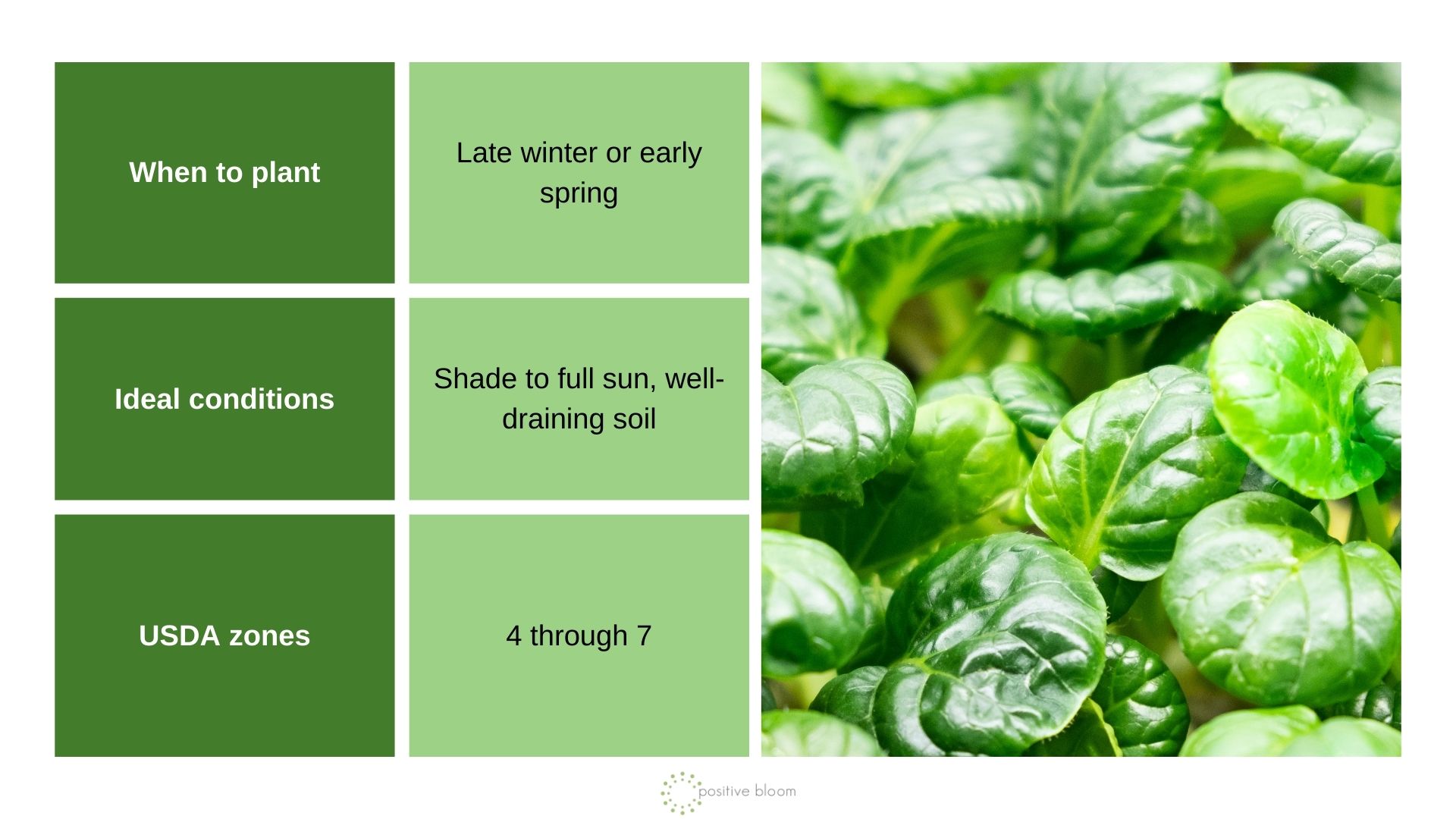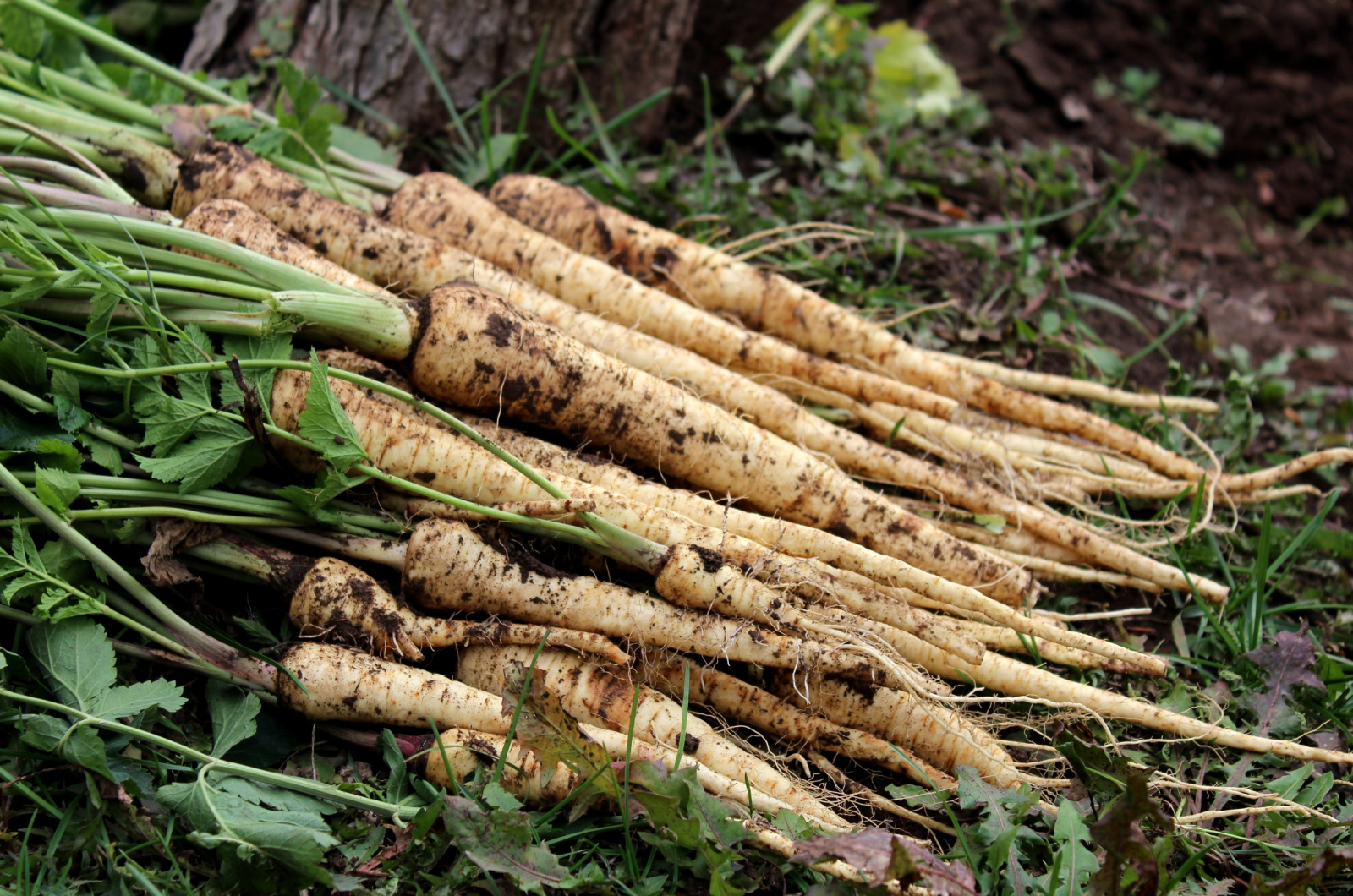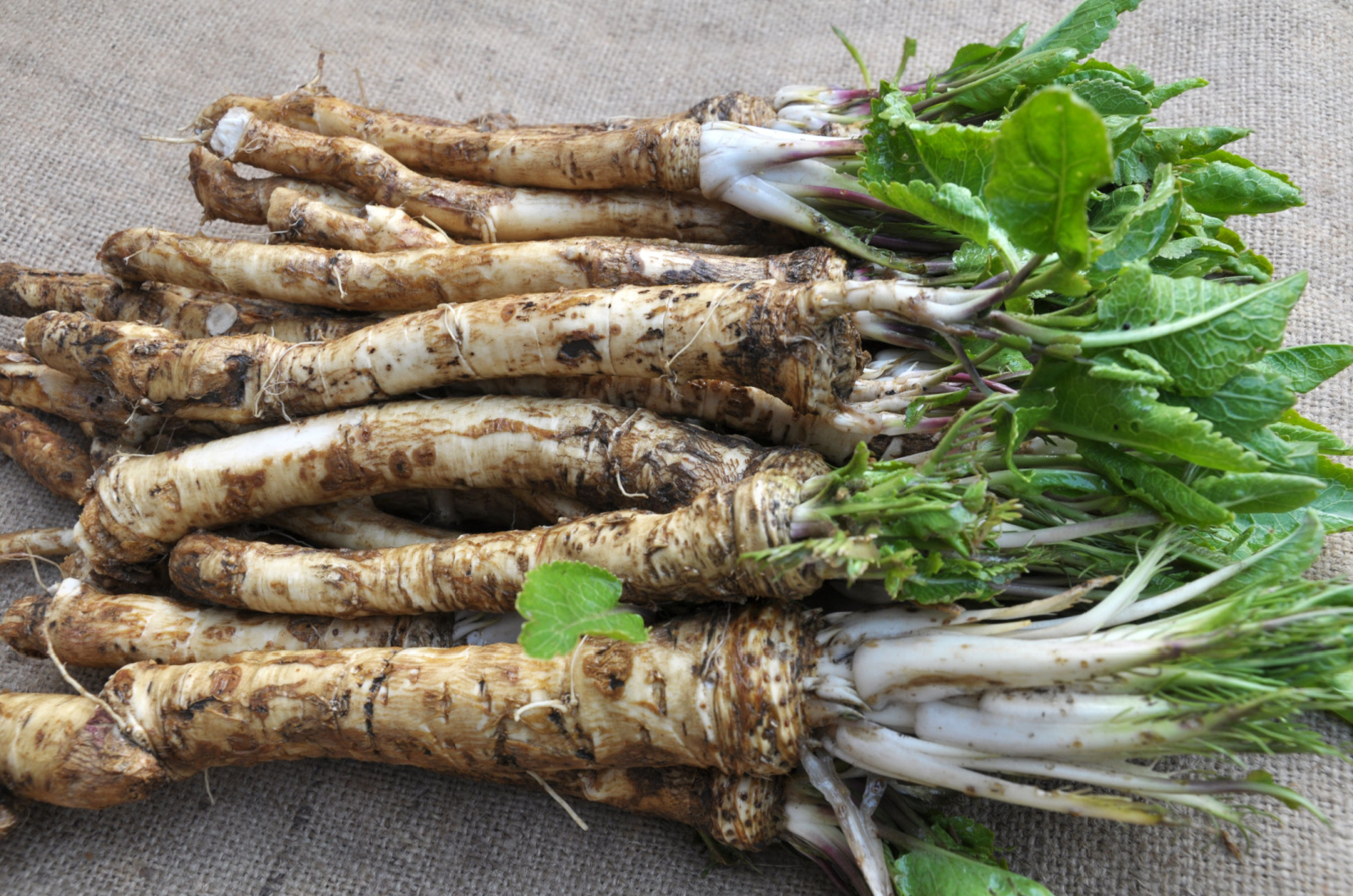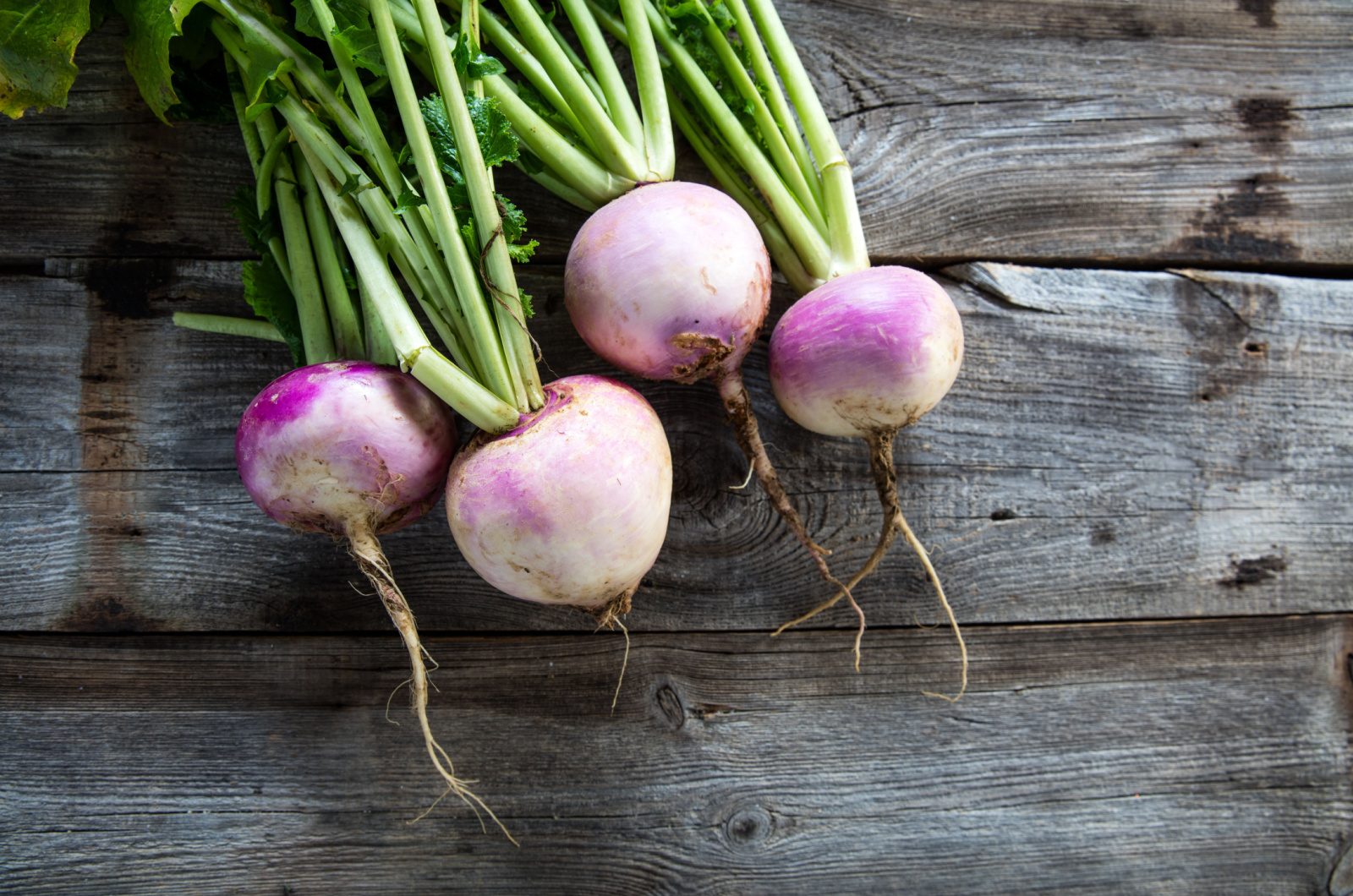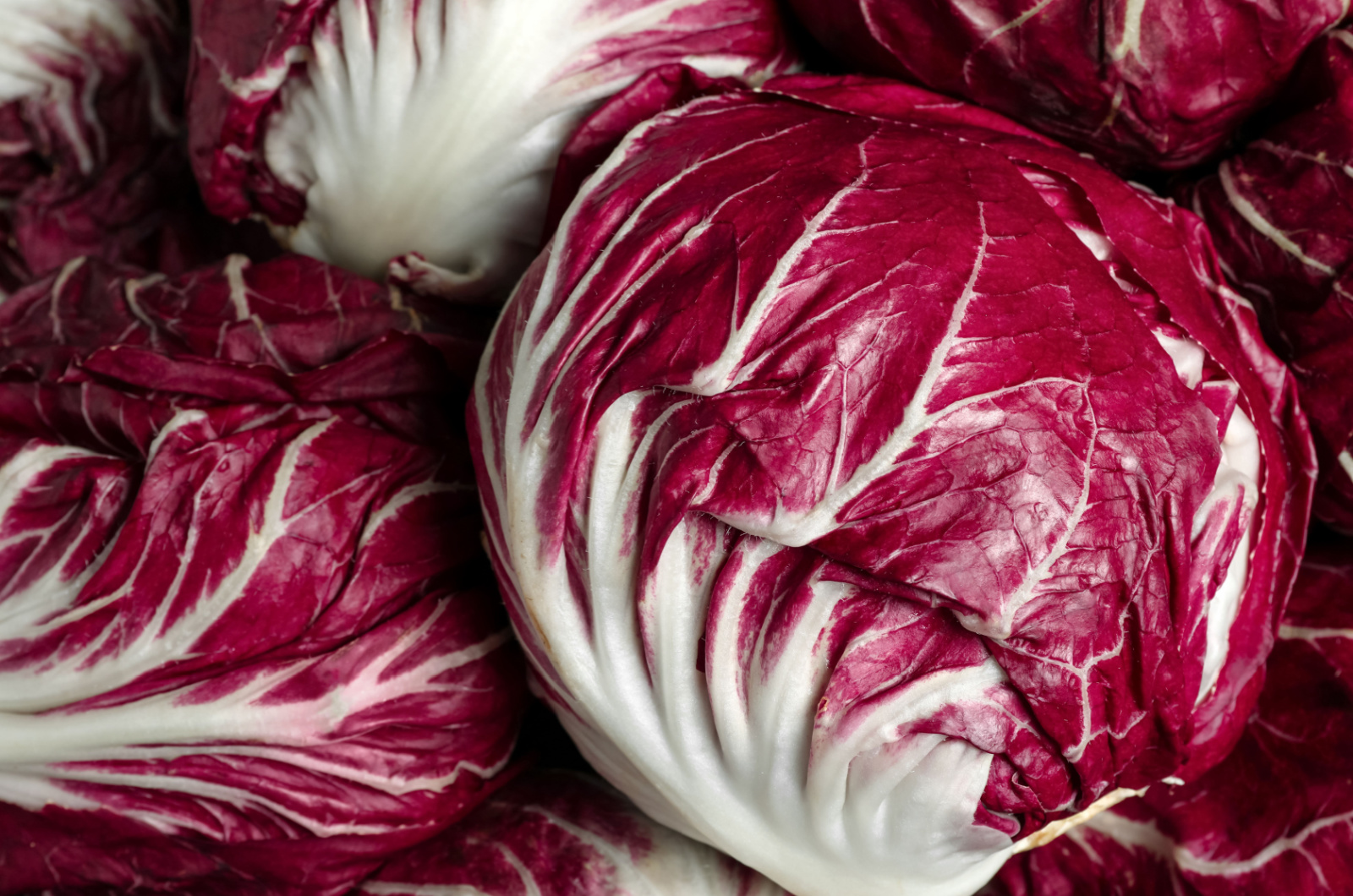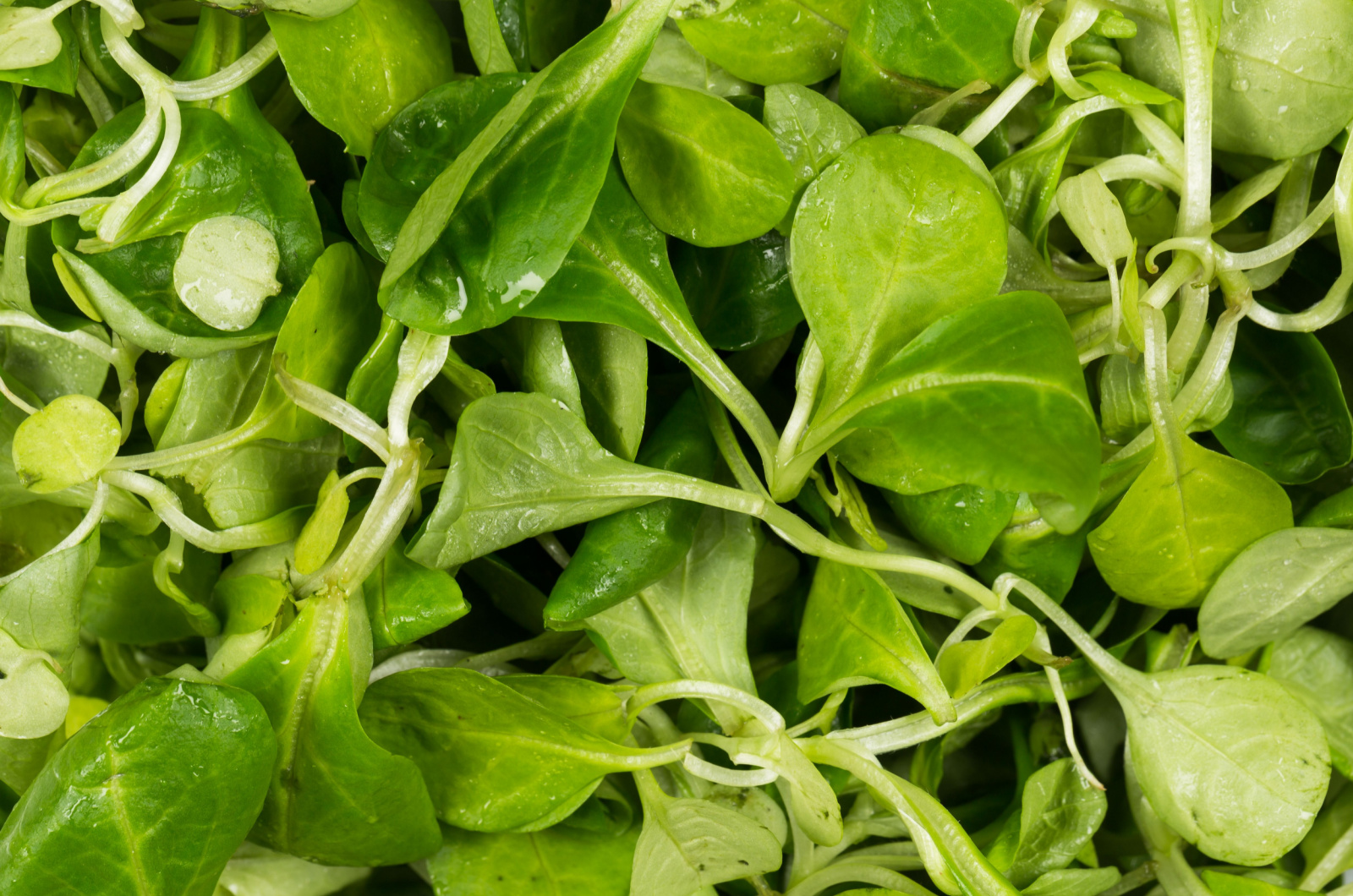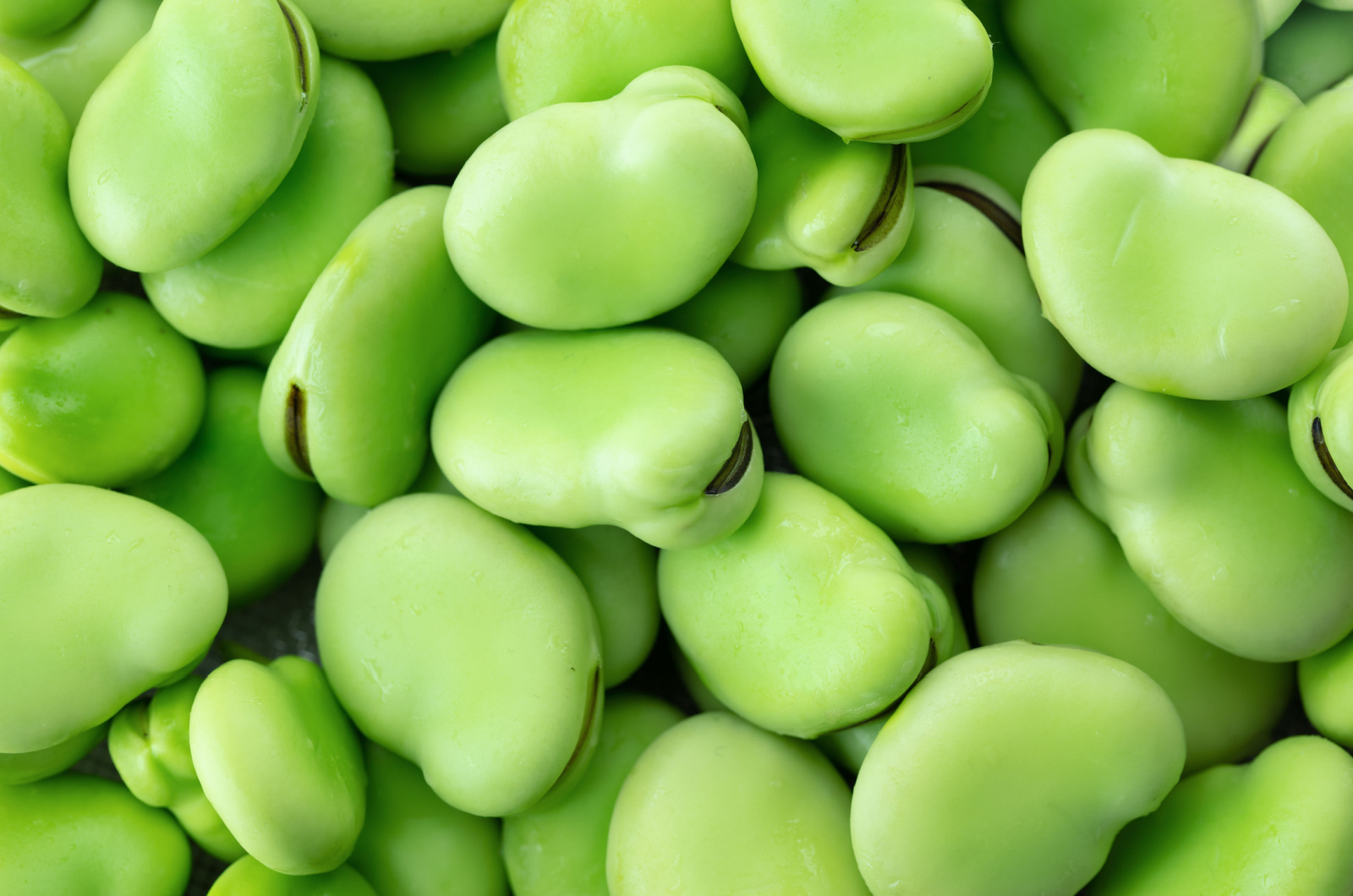Although the sunny season is known for planting and growing, there are still some herbs and veggies that can endure freezing winter temperatures.
Not only can they survive low temperatures, but they actually taste better when exposed to frost!
It’s important to know when to plant them and how to prepare them for overwintering. So, if you want to enjoy fresh vegetables and herbs all year round, stay tuned to find out what types you can grow in the snow, and how to do it properly.
Let’s dive in!
1. Tatsoi
Tatsoi, also known as “spoon mustard,” is a fast-growing veggie with small green leaves and a mild, mustard-like flavor. It can grow fine in the winter, even if left unprotected. However, covering them with row covers will keep them warmer and protected from strong winds.
If the temperatures are going to drop below 25 degrees Fahrenheit, I would suggest you cover them.
Harvest individual leaves continuously or cut the entire plant at its base. Harvesting individual leaves will encourage plants to grow and produce new leaves. Keep tatsoi in well-draining soil that is slightly acidic to neutral.
2. Parsnips
• When to plant: Late summer or early fall
• Ideal conditions: Full sun to partial shade, fertile soil
• USDA zones: 2 through 9
Parsnips are popular root veggies that can bring you the best flavor when grown in the winter. Freezing temperatures sweeten the roots, so don’t harvest them before frost!
Parsnips can tolerate temperatures of 0 degrees Fahrenheit, so you don’t have to worry about keeping them in the ground after frost.
Planting these veggies from late summer to early fall is recommended since they grow slowly, taking around 100 days to reach maturity. Grow them in full sun to partially shaded, rich soil.
This might be useful: It’s High Time To Start Your Fall Garden
3. Leeks
• When to plant: Late summer or mid-fall
• Ideal conditions: Neutral to acidic soil and full sun or partial shade
• USDA zones: 5 through 9
Leeks are tall veggies with a mild onion flavor often used for soups, stews, and various dishes. They can survive temperatures as low as 20 degrees Fahrenheit and light snowfall.
To harvest leeks in the winter, you should plant them in late summer or transplant them in the mid-fall so that they are ready for harvesting in the spring.
Keep your leeks in well-draining, sandy soils and provide moisture during the dry periods.
4. Horseradish
• When to plant: Spring or fall
• Ideal conditions: Full sun to partial shade, well-draining, sandy soil
• USDA zones: 3 through 9
Here is yet another root veggie known for its spicy flavor and remarkable cold tolerance!
Horseradish is a perennial that can endure cold and snowfall. It is a low-maintenance veggie, so you don’t have to worry much about the growing conditions.
Plant leaves might die in the winter, but don’t fret because the roots store energy and send out new growth as soon as the spring arrives!
5. Turnips
• When to plant: Fall
• Ideal conditions: Well-draining soil and full sun to partial shade
• USDA zones: 2 through 9
Turnip cultivars such as ‘Purple Top White Globe’ and ‘Market Express’ can grow and thrive even after a snowfall. Their greens will likely wilt and collapse if left exposed. Thus, be careful to cover those with row covers if that’s what you’re after!
However, if the roots are what you are aiming for, you don’t have to bother with covering. Only make sure that the soil is well-draining and loose – you can add compost when planting.
Related: 15 Best Turnip Companion Plants + Some To Avoid
6. Radicchio
• When to plant: Fall
• Ideal conditions: Soil rich in organic matter
• USDA zones: 4 through 10
If you like bitter veggies, then radicchio is the perfect choice for you!
This is a leafy vegetable with vibrant red or purple leaves that add color to winter gardens. Most cultivars can withstand colder temperatures, but you can opt for the ‘Rosalba’ cultivar, which is known for its cold tolerance and vibrant, pink leaves.
Although they can tolerate snowfall, some radicchios may get somewhat ragged. At the end of the winter, uncovered radicchio heads might be brown, slimy, and rotting. However, you can simply peel off the outer layers to reach the head of the delicate leaves inside!
7. Mache
• When to plant: Fall
• Ideal conditions: Fertile soil and partial shade to full sun
• USDA zones: 5 through 8
Mache, also known as lamb’s lettuce or corn salad, forms small rosettes of tender, dark green leaves with a mild and nutty flavor. This not-so-popular veggie thrives in the snow!
Mache seeds can germinate at 50 degrees Fahrenheit, and mature plants can tolerate air temperatures as low as 5 degrees Fahrenheit. If you add some row covers, they can even survive through 0°F.
Provide your mache with well-draining, fertile soil with a slightly acidic to neutral pH, and full sun to partial shade.
8. Fava Beans
• When to plant: Late September to early November
• Ideal conditions: Neutral, well-draining soil and full sun to partial shade
• USDA zones: 3 through 11
Fava beans are legumes with large, flat pods that contain tender, green beans. You can either plant them in spring or plant them in fall and overwinter them for an early harvest.
While they can tolerate cool weather, fava beans can get cold damage if the temperatures drop below 15 degrees Fahrenheit. But, you can still cover them for better cold tolerance.
Related: Find Out What Vegetables Grow Well Together In Containers?
9. Garlic
• When to plant: Fall
• Ideal conditions: Full sun, well-draining and fertile soil
• USDA zones: 3 through 11
Tuck cloves in the ground during fall so the plants have time to develop roots and shoots that will keep them nice and cozy once the snow arrives. Planting garlic at the right time is important because those sown too early can develop leaves that would die in frost.
I would recommend you plant garlic within a few weeks of the first frost. Although they’d be planted at the right time, you might still need to protect the plants with a layer of hay or leaves. This will keep the plants nice and warm.
Related: The 7 Garlic Growing Stages: A Complete Guide
10. Cabbage
• When to plant: Late summer
• Ideal conditions: Loamy, well-drained soil
• USDA zones: 2 through 11
Cabbage is a popular vegetable that can grow well in snow, as long as it doesn’t get too cold. Protect your cabbage if the temperatures drop below 25 degrees Fahrenheit.
Find the perfect cabbage variety that can grow well in your area. You can keep them in the refrigerator or a root cellar for a couple of weeks.
This might be interesting: How To Grow Ornamental Cabbage For A Color Boost In Your Winter Garden
11. Spinach
• When to plant: Fall
• Ideal conditions: Fertile soil that also drains well
• USDA zones: 5 through 8
You can grow spinach at home or in the garden. Whichever option you choose, I’m sure you’ll have thriving and delicious spinach ready for harvesting during the winter months!
You can easily cover spinach with row covers or grow them in cold frames. If you live in a region with heavy snowfall, I would suggest covering your outdoor spinach. Use wire hoops with row covers to keep the snow weight off the plants.
12. Kale
• When to plant: Fall
• Ideal conditions: Fertile soil, full sun to partial shade
• USDA zones: 7 through 9
Kale is a leafy green veggie with curly or flat leaves and a slightly bitter taste. This is a versatile superfood used in salads, soups, and smoothies.
Outer kale leaves might get damaged by cold weather, but the inner leaves usually survive and keep growing. If the temperature stays above 20 degrees Fahrenheit, you can grow kale without frost protection.
However, if you want to be sure that your kale will grow and thrive, you can use row covers – just use metal hoops or wooden stakes to keep the row covers lying directly over the leaves.
Related: A Complete Guide To The Kale Growing Stages & What To Expect
13. Carrots
• When to plant: Early Fall
• Ideal conditions: Loose soil and full sun
• USDA zones: 3 through 10
We saved the best for last!
You might have already heard that carrots are probably the best veggies to grow in snow. They have astonishing cold tolerance and can adapt to various conditions. Plant carrots in late August or early September so that they have time to develop strong roots for the upcoming winter.
Another thing that you can do is overwinter carrots and prepare them for spring harvest – these should be planted in October and then harvested in April. Most varieties grow well in snow, although the most popular ones are ‘Carnival Blend’ and ‘Scarlet Nantes’.
If you are into hydroponics, here’s how to grow and care for hydroponic carrots.

